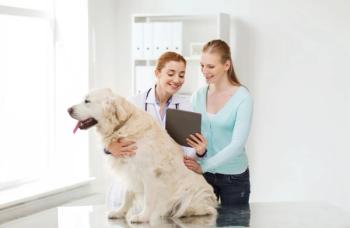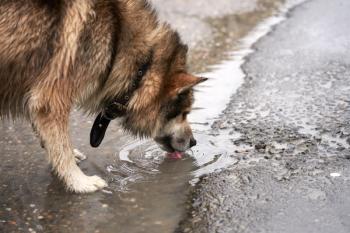
A veterinarian’s role in bird flu client education
“It's our responsibility to educate about the risks of bird flu transmission, as well as the preventative measures and the symptoms that people need to look out for,” said Deborah Thomson, DVM.
Over the last several months, confirmed cases of H5N1 have been
For more information and resources on H5N1, see:
Below is the transcript, lightly edited for improved clarity.
Deborah Thomson, DVM: Hello. I'm Dr Deborah Thomson, and I am the founder and executive director of One Health Lessons. One Health Lessons is an educational nonprofit that teaches about One Health.
You may or may not have heard, but there have been dairy veterinarians who had positive antibodies for H5N1, or bird flu. So, we are at risk of catching bird flu from our patients, depending on what species we're working with.
Even small animal practitioners need to be extra careful, because we have seen not only respiratory concerns in cats, but also neurologic concerns in cats that have been affected and infected by H5N1.
Now, how could these cats have gotten it? One of pretty much 3 main ways: if they're outdoor cats, they could have eaten an infected bird, or even maybe a rodent that could have been infected with H5N1; or the virus could be coming into the house via raw milk or raw food.
It is so important right now to make sure that we educate our clients on avoiding raw diets because of this potential of bringing H5N1 into the house. It's a main concern for the animals, but it's also a major concern for the people.
As veterinarians, it is our responsibility to educate the public to protect not only the animals, but also the families associated with those animals against bird flu. So, it's our responsibility to educate about the risks of bird flu transmission, as well as the preventative measures and the symptoms that people need to look out for. By having an educated public, there's going to be less concern about diseases coming into your community.
Newsletter
From exam room tips to practice management insights, get trusted veterinary news delivered straight to your inbox—subscribe to dvm360.




